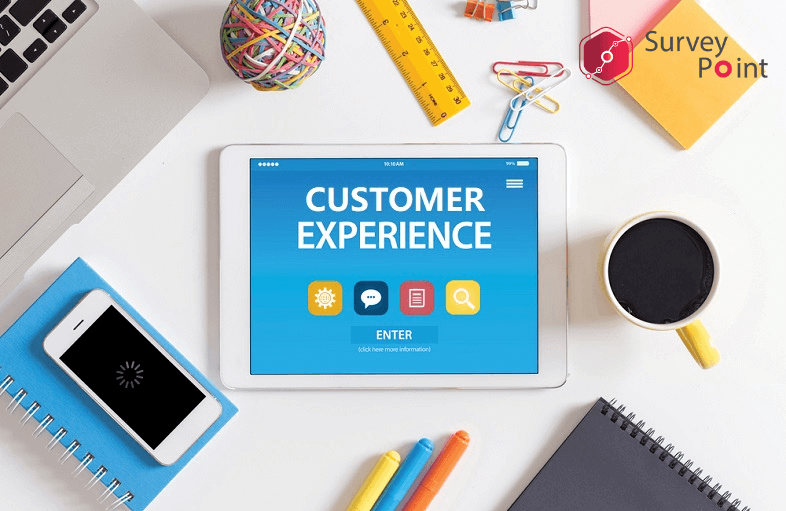
According to a recent consumer study, businesses generate about 65% of their revenue from existing customers. Consumer surveys are a great way to improve customer retention. In addition, it can be an effective tool for improving a product or service, finding out how satisfied customers are, keeping customers longer, or obtaining information that will assist you in making sound business decisions.
Creating an excellent consumer survey begins with well-written and intelligent questions. We should always keep in mind that questions are not just words without context. Putting yourself in your customer’s shoes and thinking from their perspective will help you make the right decision.
The results of a study show that only one out of twenty-six unhappy customers complain. In addition, 91% of unhappy customers leave without complaining.
In that light, can you afford to lose 91% of your unhappy customers? Improved customer satisfaction is a necessary pursuit as customer expectations grow. Offering personalised experiences can be increased by investing in modern customer satisfaction strategies, such as artificial intelligence, visual tools, and approach.
The tools available on SurveyPoint will help you engage your customers effectively and improve their satisfaction. Don’t let your support team suffer without the software they need to provide better service. Sign up today!
This blog outlines selective ways to improve consumer surveys for effective revenue-maximising decision-making.
Keeping it simple
Keeping it simple is the primary and effective way to improve consumer surveys. First, let’s discuss how to write survey questions that everyone can understand. To do that, one must think from the perspective of potential respondents. Simple words should be used instead of complex ones, and the question should be as concise as possible. People often skip over long questions. Ensure you leave out any non-essential information in long questions.
Avoid leading questions
A biased question that steers respondents toward a particular response will not provide you with helpful or accurate feedback. Don’t risk upsetting your respondent with leading questions or other techniques geared to elicit your desired replies when the objective is to learn something genuinely.
Be explicit
When you construct questions based on the assumption that a consumer knows something, you will likely encounter issues. Avoid industry acronyms, buzzwords, jargon, and references, and avoid the language and terminology you use in your inquiries.

Fine-tuning scales
Scales are great ways to capture behaviour. But sometimes, it is vital to also fine-tune the scale by including additional pointers. You could, for instance, designate a “neutral” option at the middle of the scale to highlight the difference between “sad” and “happy.”
Keep it concise
Your primary objective is to be precise and concise, finding the quickest method possible to ask a question without obscuring its meaning. It’s not enough to reduce the character count; you must also eliminate superfluous language from your questions. Simultaneously, the overall length of a survey is crucial for maintaining low desertion rates.
Timing your survey
Choosing the right time to conduct your survey is also essential. The best time to share the survey is Monday or Friday to achieve a better response rate. You should avoid sharing surveys over the weekend.
Further, it is also essential to have a concurrent frequency for conducting surveys. Many businesses conduct customer surveys quarterly or less frequently. Even though this is an excellent step, it is not enough to keep a true pulse on customer satisfaction.
Engage Audience
In addition to clearly defined questions and appealing design and graphics consistent with your brand, your survey should be engaging, pleasurable, and simple to complete. Also, you can provide incentives to respondents, such as redeemable points, if possible, to thank them for their time.
Select the right platform
Selecting the right platform or channel is key to improving the survey response rate. In today’s technology-driven world, surveys conducted via email may reach more people than those sent by text, especially if they are optimised for mobile devices.
Customizing Surveys
Respondents are more likely to respond if your survey is personalised. It is essential to point out that customising a survey can add a warm, inviting human touch. For instance, “Hello Rajesh, could you please suggest a way to improve service even more?”
Don’t forget to follow up on it and send a gentle reminder
The message must be shared gently as a reminder to improve the response rate. You can send reminder emails to non-responders if you have not heard back. Using a different language each time would be best to avoid repetition. Getting the right balance between subtle nudging and annoying spam is crucial.
Kultar Singh – Chief Executive Officer, Sambodhi




